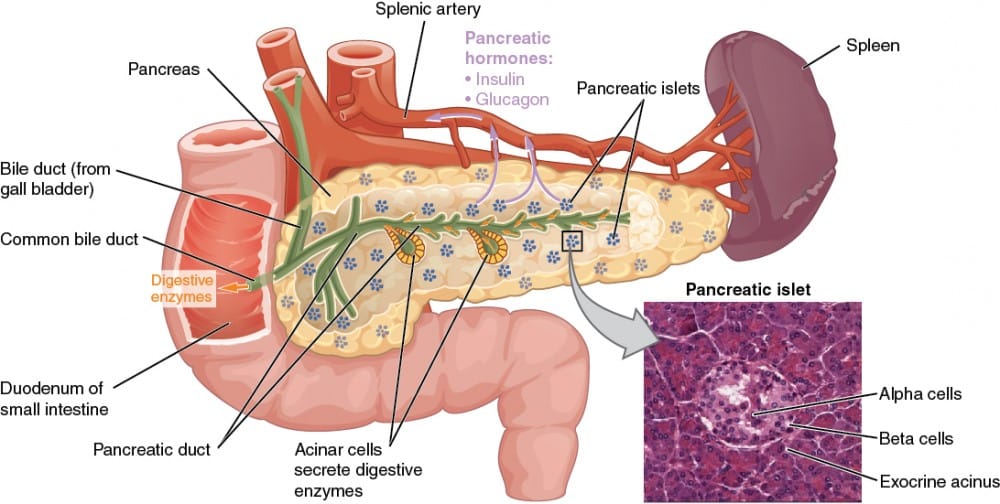- The Step 1 Newsletter
- Posts
- Which of the Following is the Cause of This Condition?
Which of the Following is the Cause of This Condition?
High Yield** - Content Cannot Be Ignored
Question
A 10-year-old boy presents to the emergency department with fatigue, frequent urination, and excessive thirst for the past week. He has also experienced unintended weight loss. Physical examination reveals dry mucous membranes and tachycardia. His lab results are as follows:
Blood glucose: 350 mg/dL (normal fasting: <100 mg/dL)
Serum bicarbonate: 15 mEq/L (normal: 22–29 mEq/L)
Arterial pH: 7.28 (normal: 7.35–7.45)
Serum ketones: Positive
Which of the following is the underlying mechanism of his condition?
A) Increased insulin production
B) Autoimmune destruction of pancreatic beta cells
C) Increased hepatic gluconeogenesis due to insulin resistance
D) Defective insulin receptors on muscle and fat cells
E) Decreased glucagon secretion

Image: NEJM
Correct Answer: B) Autoimmune destruction of pancreatic beta cells

Image: Lumenlearning
Genetic Predisposition
⬇️
Environmental Triggers (e.g., viral infections, dietary factors)
⬇️
Initiate autoimmune response
⬇️
Autoimmune Response Against Pancreatic Beta Cells
⮕ Destruction of Beta Cells due to T-cells & autoantibodies 🧠
⬇️
↓ Insulin Production
Beta cells fail to secrete adequate insulin
⬇️
🧠 Lack of Insulin’s Role in Glucose Uptake
↓ Cellular glucose absorption in muscle & fat
⬇️
↑ Blood Glucose Levels (Hyperglycemia)
Liver continues gluconeogenesis unregulated by insulin
⬇️
Body Triggers Compensatory Responses
↓ Cellular glucose access ⮕ Body uses alternative energy sources
⬇️
⬆️ ↑ Lipolysis and Protein Catabolism
Fat breakdown for energy ⮕ Free Fatty Acids ↑
⬇️
🧠 ↑ Free Fatty Acids Converted to Ketones in the Liver
Leads to Ketosis and Metabolic Acidosis (↓ Bicarbonate, ↓ pH)
⬇️
Clinical Signs of Diabetic Ketoacidosis (DKA):
Polyuria: Osmotic diuresis from high glucose ⮕ water drawn out
Polydipsia: Dehydration due to fluid loss triggers thirst
Weight Loss: Breakdown of fat & muscle for energy
Explanations for Incorrect Options
Increased Insulin Production ⮕ Incorrect because beta cells are destroyed, preventing insulin secretion.
Increased Gluconeogenesis due to Insulin Resistance ⮕ Seen in T2DM (insulin resistance), not T1DM, which lacks insulin production.
Defective Insulin Receptors on Muscle/Fat Cells ⮕ Typical of T2DM where cells resist insulin; T1DM lacks insulin itself.
Decreased Glucagon Secretion ⮕ Unlikely in T1DM; glucagon often increases, worsening hyperglycemia and ketosis.
Flashcards
|
Stay Hungry, Stay Curious!
Your Brother In This Struggle!
Dr. Shoaib Ahmad

